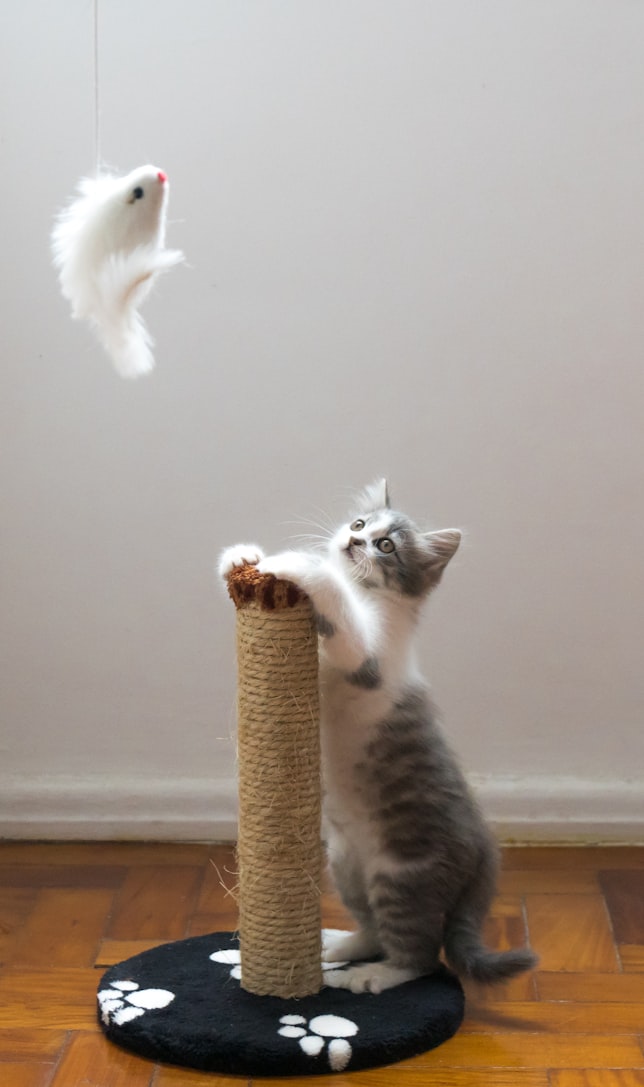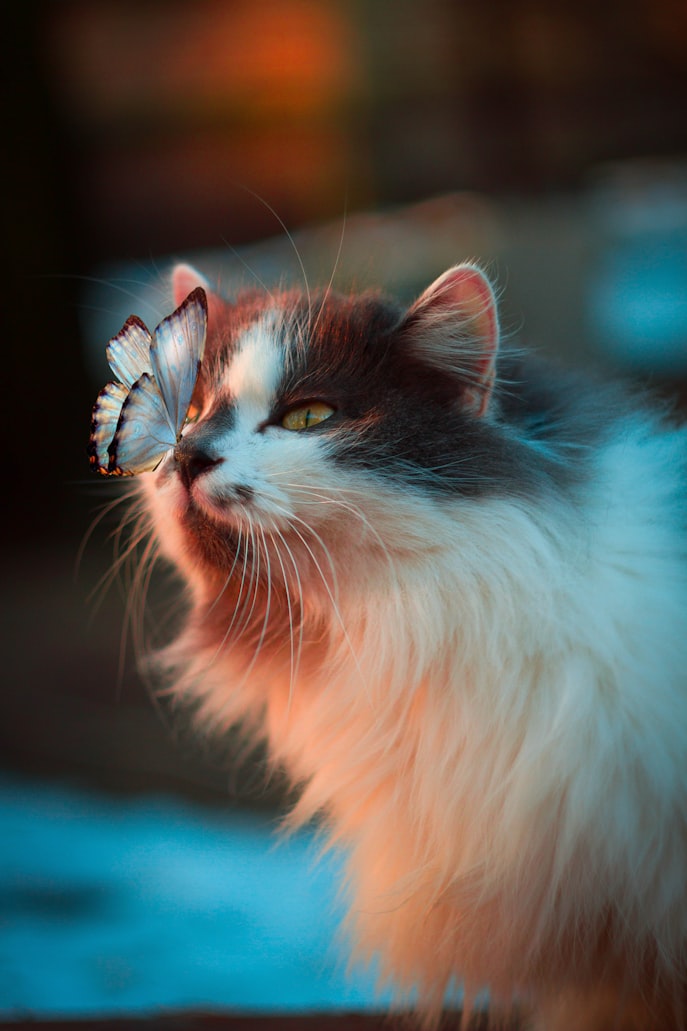The Cat’s Meow: Unlocking the Secrets to Happy and Healthy Cats

Cats have been domesticated for thousands of years and have become one of the most popular household pets around the world. These furry creatures have captured the hearts of millions with their playful personalities, affectionate nature, and independent spirit.
The Feline Phenomenon: A Brief History of Cats
Cats have been around for thousands of years and have played a significant role in many cultures around the world. The ancient Egyptians, for example, worshipped cats and even had a goddess named Bastet who was depicted with the head of a cat.
In Europe during the Middle Ages, cats were often associated with witchcraft and were persecuted along with their human counterparts. However, despite these ups and downs throughout history, cats have remained beloved pets and companions to many.
Cats are believed to have been domesticated around 10,000 years ago in the Near East, where they likely helped control rodent populations around human settlements. As humans began to migrate and trade, cats were transported to different parts of the world, where they eventually became a part of local culture and folklore. Today, cats are one of the most popular pets in the world, with millions of households welcoming these furry companions into their homes.
Decoding Cat Behavior: Understanding Your Feline Friend
Cats are known for their independent and sometimes mysterious nature, but with a little bit of knowledge, you can learn to understand and communicate with your feline friend. One of the most important things to know is that cats are social creatures, but they also value their alone time. Unlike dogs, who are pack animals, cats are more solitary and prefer to have their own space to relax and recharge.
Cats communicate with their bodies and vocalizations, and by learning to read these cues, you can better understand how your cat is feeling. For example, a cat who is arching their back and hissing is likely feeling threatened or defensive, while a cat who is purring and rubbing against you is showing affection and contentment. It’s also important to provide your cat with plenty of mental and physical stimulation, such as toys, scratching posts, and interactive playtime, to keep them happy and healthy.
Picking the Perfect Purrsonality: Choosing the Right Cat Breed
When it comes to choosing a cat breed, there are many factors to consider, including your lifestyle, living situation, and personal preferences. Some breeds, such as the Siamese or Bengal, are known for their high energy and need for stimulation, while others, like the Persian or Scottish Fold, are more laid-back and low-maintenance. It’s important to research different breeds and their characteristics to find one that fits your lifestyle and personality.
It’s also important to consider adoption, as there are many cats in shelters and rescue organizations who need loving homes. Adopting a cat can be a rewarding experience and can provide a second chance for a cat in need. Whether you choose to adopt or purchase a cat from a breeder, it’s important to provide them with proper care and attention to ensure they live a happy and healthy life.
Fueling Your Feline Friend: Proper Nutrition and Hydration
Proper nutrition and hydration are essential for keeping your cat healthy and happy. Cats are obligate carnivores, which means they require a diet rich in animal protein to thrive.
It’s important to choose a high-quality cat food that is appropriate for your cat’s age, activity level, and health needs. Wet food can be a good option for cats who don’t drink enough water, as it contains moisture that can help keep them hydrated.
In addition to providing your cat with a balanced diet, it’s important to ensure they have access to clean, fresh water at all times. Cats can be picky drinkers, so it may be helpful to provide them with a water fountain or multiple water sources to encourage them to drink more. It’s also important to monitor your cat’s weight and adjust their diet as necessary to prevent obesity and other health issues.
Keeping Your Cat Active and Happy: Training and Enrichment Activities
Cats are natural hunters and need plenty of mental and physical stimulation to stay happy and healthy. Providing your cat with toys, scratching posts, and other forms of enrichment can help prevent boredom and destructive behavior. Interactive playtime, such as chasing a toy or playing hide-and-seek, can be a great way to bond with your cat and provide them with exercise and mental stimulation.
Training your cat to perform simple commands, such as sitting or coming when called, can also be a fun and rewarding way to interact with them. Positive reinforcement methods, such as using treats or praise, can help motivate your cat to learn new behaviors. It’s important to be patient and consistent when training your cat and to avoid punishment, which can damage your relationship with them.
Keeping Your Cat Healthy: Common Health Issues and Preventative Care
Cats, like all animals, are prone to certain health issues and require regular preventative care to stay healthy. Common health issues in cats include dental problems, urinary tract infections, and skin allergies. It’s important to schedule regular check-ups with your veterinarian to catch any potential health issues early and to ensure your cat is up-to-date on vaccinations and preventative medications.
Proper grooming, including regular brushing and nail trimming, can also prevent health issues and help keep your cat comfortable and clean. Keeping your cat’s litter box clean can also prevent urinary tract infections and other health issues.
In addition to preventative care, it’s important to be aware of signs of illness in your cat, such as changes in appetite or behavior, vomiting, or diarrhea. If you notice any unusual symptoms, it’s important to contact your veterinarian right away. Early detection and treatment of health issues can help ensure the best possible outcome for your cat.
In conclusion, cats are amazing companions that bring joy and love into our lives. Cats have a special place in our hearts and homes. By understanding their unique needs and providing them with proper care, we can ensure they live happy, healthy, and fulfilling lives.











